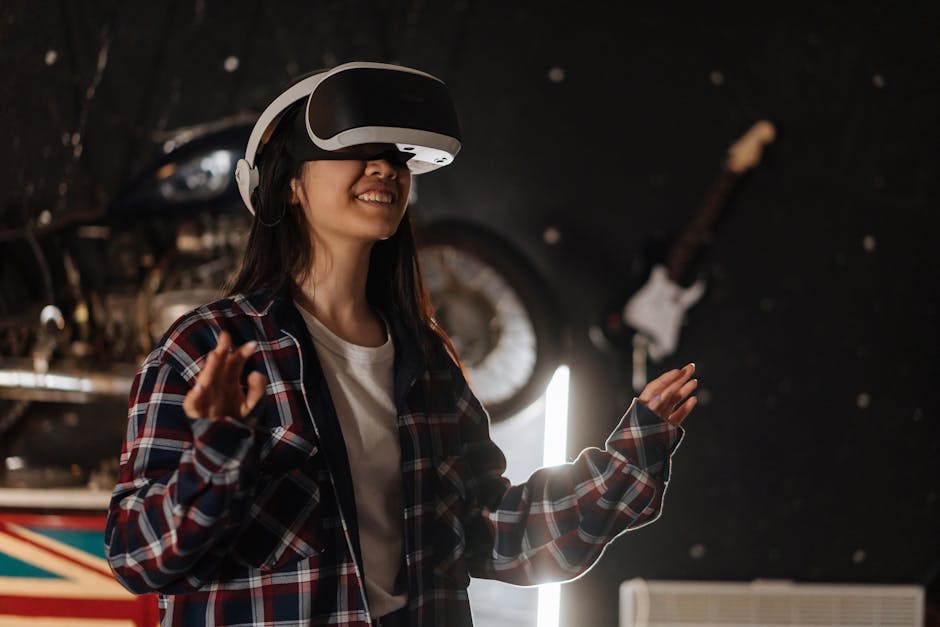
The Future of Virtual Reality and Its Impact on Art
Virtual reality has emerged as a groundbreaking technology that promises to reshape various industries, including art. With its immersive and interactive nature, VR has the potential to revolutionize the way art is created, experienced, and shared.
Artists have started experimenting with virtual reality to push the boundaries of traditional artistic expression. VR allows artists to create three-dimensional, interactive, and multisensory experiences that go beyond the limitations of traditional mediums.
One of the most significant impacts of VR on art is the ability to transport viewers into entirely new worlds. With VR headsets, audiences can step inside virtual galleries or experience artworks up close, even if they are miles away from the physical location. This accessibility opens up new possibilities for both artists and art enthusiasts.
Virtual reality also presents opportunities for collaborative creation and exhibition. Artists from different parts of the world can collaborate in virtual spaces, breaking geographical barriers and fostering innovative artistic collaborations. VR exhibitions enable artists to showcase their works to a global audience without the need for physical galleries.
Moreover, virtual reality enhances the interactive aspect of art. Viewers can engage with artworks through gestures, movement, or even participate in creating the artwork themselves. This level of interactivity blurs the line between the artist and the audience, creating a more inclusive and participatory art experience.
VR technology is constantly evolving, and its impact on art will only continue to grow. As VR becomes more accessible and affordable, we can expect to see a surge in VR art installations and experiences. Artists and technologists will continue to collaborate, pushing the boundaries of creativity and technology.
The future of virtual reality in art holds tremendous potential for immersive storytelling, transformative experiences, and democratizing access to art. As advancements in VR technology continue, we are on the brink of a new era where art transcends physical boundaries and becomes a universal language that can be experienced by anyone, anywhere.
